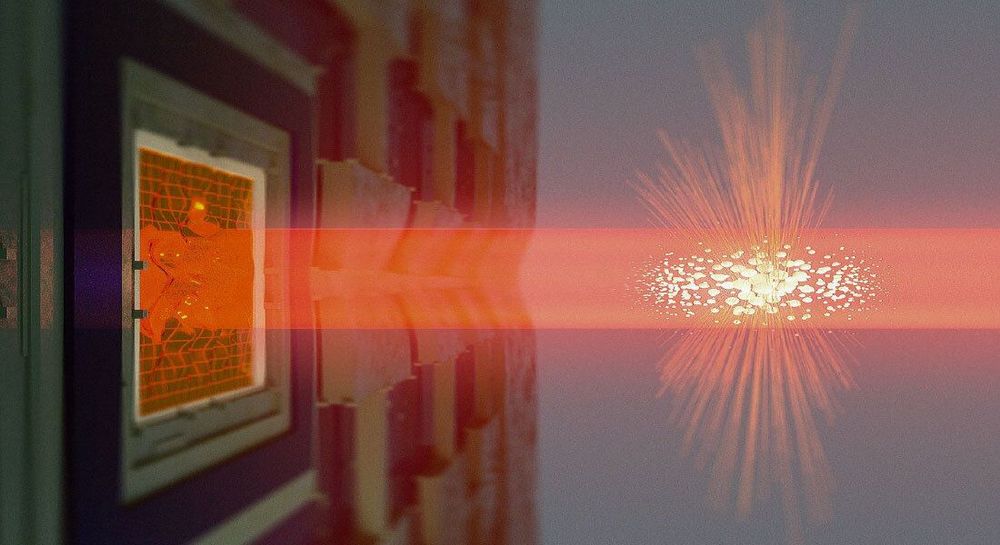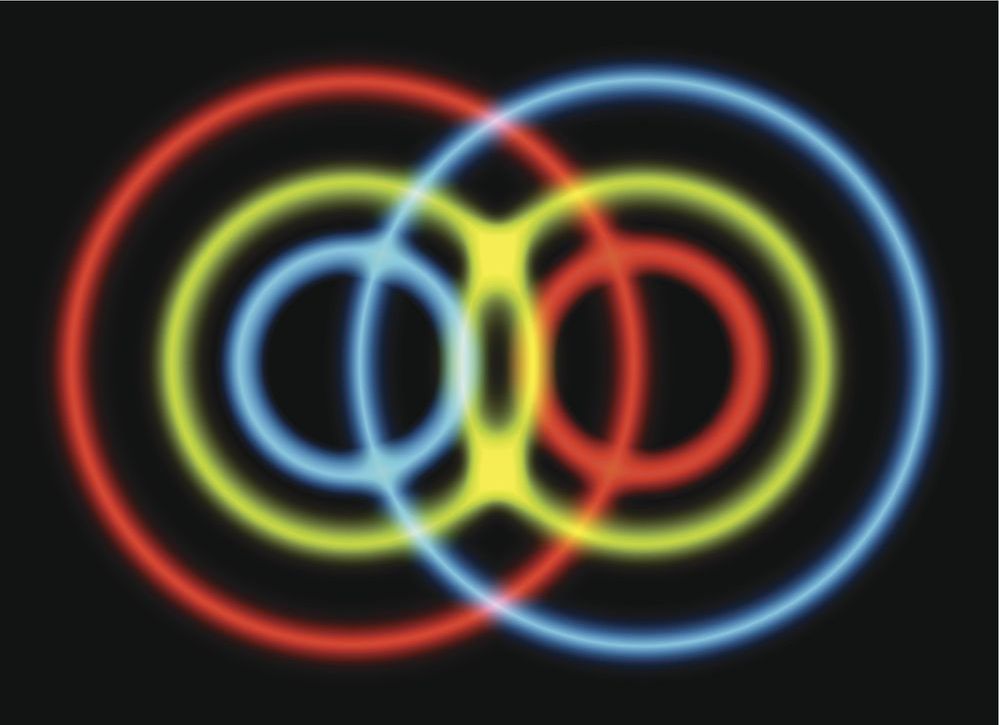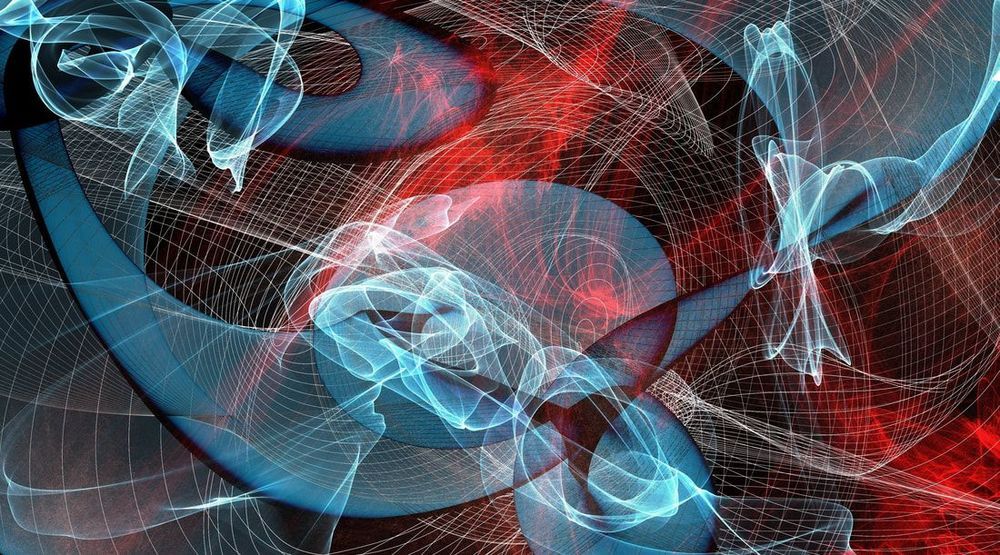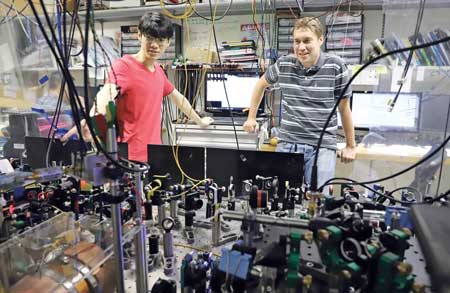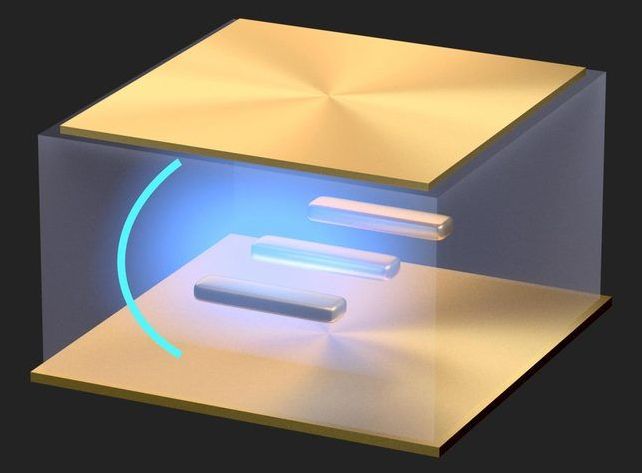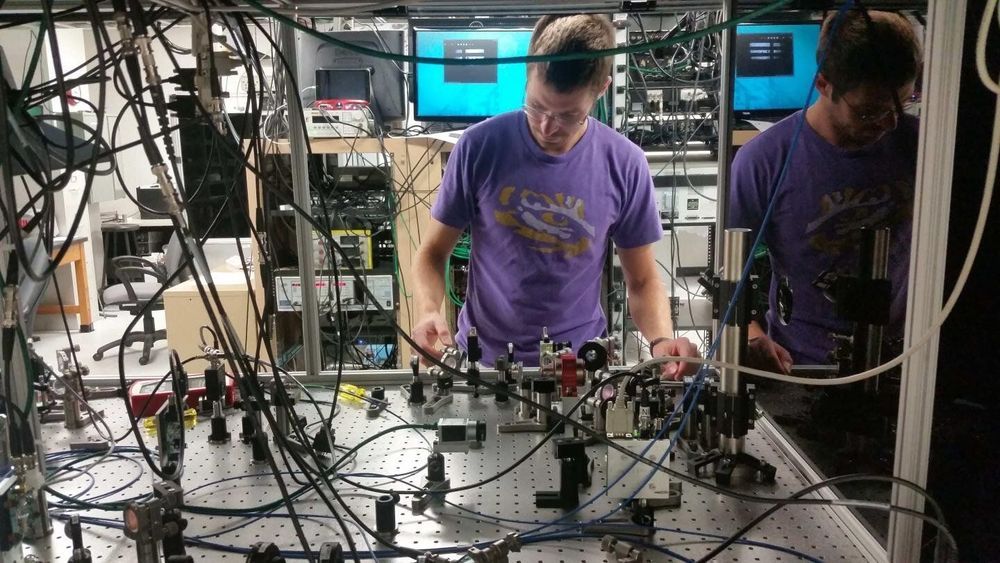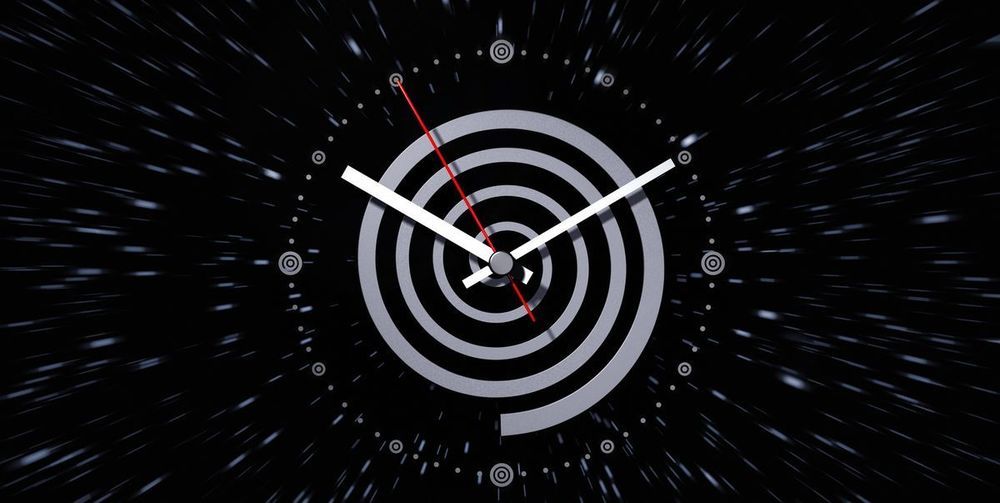D-Wave today launched its next-generation quantum computing platform available via its Leap quantum cloud service. The company calls Advantage “the first quantum computer built for business.” In that vein, D-Wave today also debuted Launch, a jump-start program for businesses that want to begin building hybrid quantum applications.
“The Advantage quantum computer is the first quantum computer designed and developed from the ground up to support business applications,” D-Wave CEO Alan Baratz told VentureBeat. “We engineered it to be able to deal with large, complex commercial applications and to be able to support the running of those applications in production environments. There is no other quantum computer anywhere in the world that can solve problems at the scale and complexity that this quantum computer can solve problems. It really is the only one that you can run real business applications on. The other quantum computers are primarily prototypes. You can do experimentation, run small proofs of concept, but none of them can support applications at the scale that we can.”
D-Wave Systems’ Leap 2 is a quantum cloud service to help businesses and developers build and deploy quantum computing applications.
